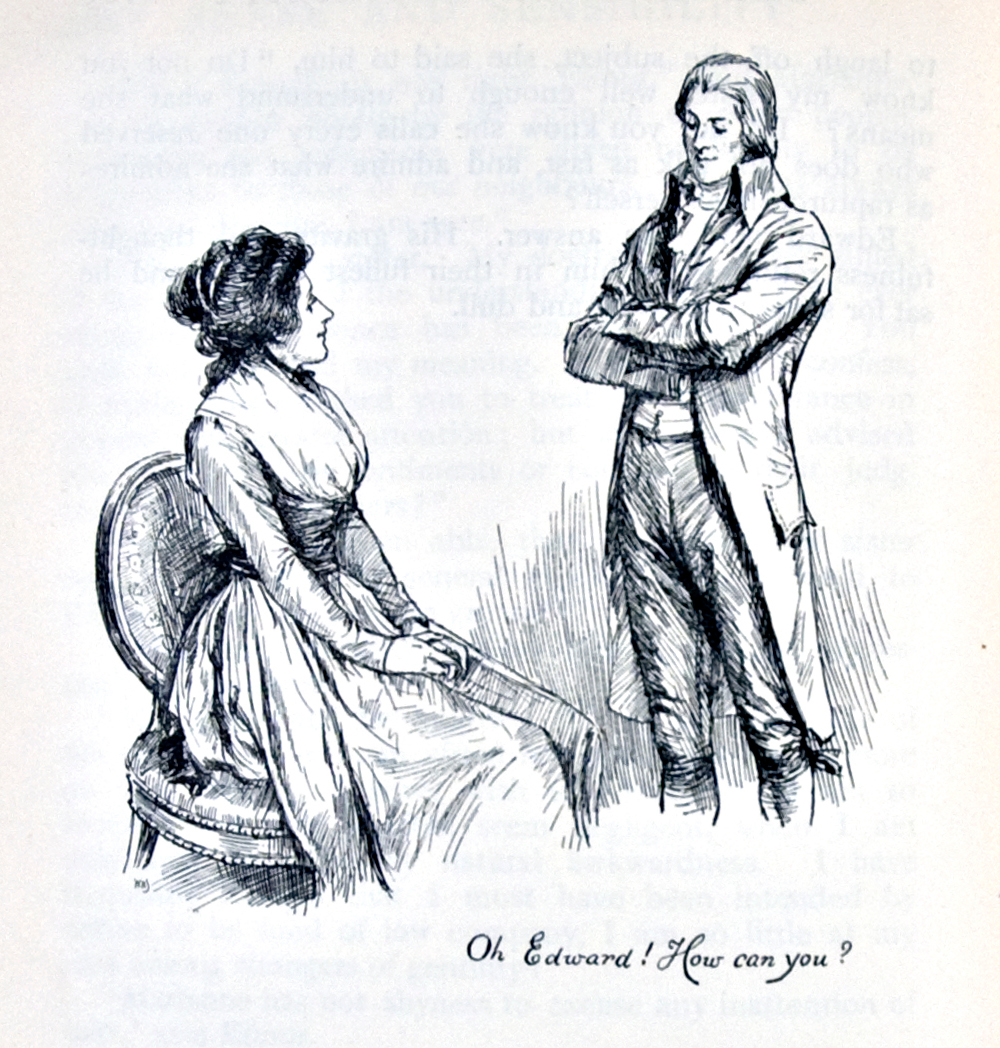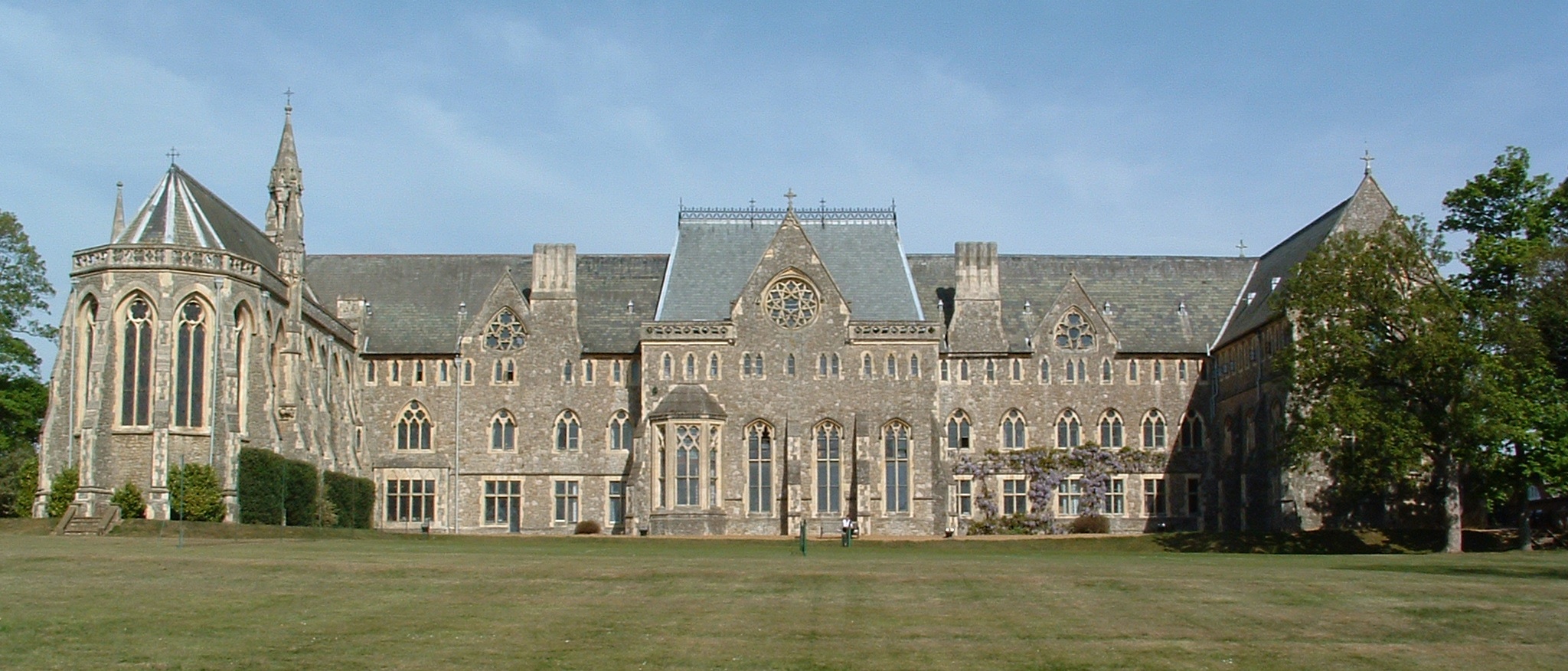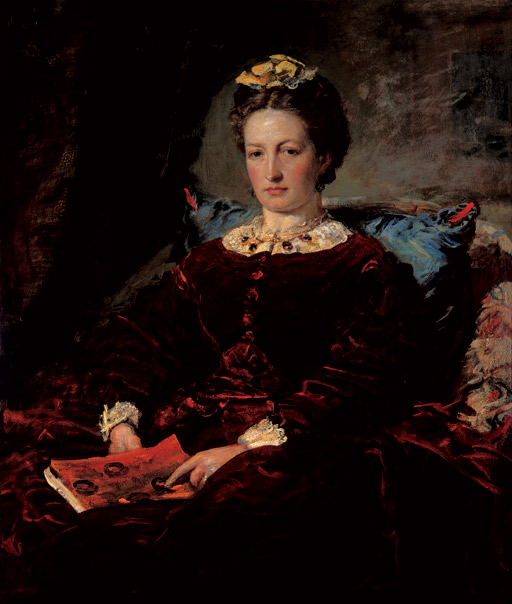|
John George Haslette Vahey
John George Haslette Vahey (5 March 188115 June 1938) was a versatile and prolific Northern Irish author of detective fiction in the genre's ''Golden Age'' in the 1920s and 1930s. Although his work has remained largely out of print since the end of the golden age, he is now enjoying a resurgence of popularity, and some of his work is again in print, or available as e-books. Early life Vahey was born in Belfast, Ireland on 5 March 1881, the second son of Herbert Vahey (c. 18396 December 1910), an Inland Revenue Inspector, and Jane Lowry (c. 18502 April 1930), who had married on 20 February 1879, at the Weslyn Church in Donegall Square, Belfast. He attended Foyle College in Derry and was also educated at Hannover. The 1901 census found Vahey living with his parents at 4 Sydenham Avenue, Victoria, County Down, Ireland. He was an apprentice architect. After four years as an architect's pupil he switched careers and took the exams necessary to become a chartered accountant. He aban ... [...More Info...] [...Related Items...] OR: [Wikipedia] [Google] [Baidu] |
Belfast
Belfast ( , ; from ga, Béal Feirste , meaning 'mouth of the sand-bank ford') is the capital and largest city of Northern Ireland, standing on the banks of the River Lagan on the east coast. It is the 12th-largest city in the United Kingdom and the second-largest in Ireland. It had a population of 345,418 . By the early 19th century, Belfast was a major port. It played an important role in the Industrial Revolution in Ireland, briefly becoming the biggest linen-producer in the world, earning it the nickname "Linenopolis". By the time it was granted city status in 1888, it was a major centre of Irish linen production, tobacco-processing and rope-making. Shipbuilding was also a key industry; the Harland and Wolff shipyard, which built the , was the world's largest shipyard. Industrialisation, and the resulting inward migration, made Belfast one of Ireland's biggest cities. Following the partition of Ireland in 1921, Belfast became the seat of government for Northern Ireland ... [...More Info...] [...Related Items...] OR: [Wikipedia] [Google] [Baidu] |
Sampson Low
Sampson Low (18 November 1797 – 16 April 1886) was a bookseller and publisher in London in the 19th century. Early years Born in London in 1797, he was the son of Sampson Low, printer and publisher, of Berwick Street, Soho. He served a short apprenticeship with Lionel Booth, the proprietor of a circulating library, and spent a few years in the house of Longman & Co. Low began his own business in 1819 at 42 Lamb's Conduit Street, as a bookseller and stationer, with a circulating library attached. His reading-room was the resort of many literary men, lawyers, and politicians. Sampson Low, Son and Company In 1848, Low and his eldest son Sampson Jr. opened a publishing office at the corner of Red Lion Court, Fleet Street. In 1852 they moved to 47 (and later to 14) Ludgate Hill, where, with the aid of David Bogue, an American department was opened. In 1856 Edward Marston became a partner, and Bogue retired. The firm removed in 1867 to 188 Fleet Street, in 1887 to St. Dunstan's H ... [...More Info...] [...Related Items...] OR: [Wikipedia] [Google] [Baidu] |
Ward, Lock & Co
Ward, Lock & Co. was a publishing house in the United Kingdom that started as a partnership and developed until it was eventually absorbed into the publishing combine of Orion Publishing Group. History Ebenezer Ward and George Lock started a publishing concern in 1854 which became known as "Ward and Lock". Based originally in Fleet Street, London it outgrew its offices and in 1878 moved completely to Salisbury Square, London. The firm's first office was at 158 Fleet Street. Fleet Street had an inviting architecture and atmosphere. It was full of businesses and people, coffee houses, taverns, and soup kitchens. It appealed to “publishers, printers, authors and tradesmen who occupied its houses and frequented its taverns.” And it was always bustling with “innumerable trades, tradesmen and customers, coaches, wagons playhouses”. Before founding Ward and Lock, Ward had worked as the manager of the book department at Herbert Ingram and Company. In 1855, Herbert Ingram and C ... [...More Info...] [...Related Items...] OR: [Wikipedia] [Google] [Baidu] |
Western Fiction
Western fiction is a genre of literature set in the American Old West frontier and typically set from the late eighteenth to the late nineteenth century. Well-known writers of Western fiction include Zane Grey from the early 20th century and Louis L'Amour from the mid-20th century. The genre peaked around the early 1960s, largely due to the popularity of televised Westerns such as '' Bonanza''. Readership began to drop off in the mid- to late 1970s and reached a new low in the 2000s. Most bookstores, outside a few west American states, only carry a small number of Western fiction books. History Pre-1850s The predecessor of the western in American literature emerged early with tales of the frontier. The most famous of the early 19th-century frontier novels were James Fenimore Cooper's five novels comprising the '' Leatherstocking Tales''. Cooper's novels were largely set in what was at the time the American frontier: the Appalachian Mountains and areas west of there. As ... [...More Info...] [...Related Items...] OR: [Wikipedia] [Google] [Baidu] |
Romance Novels
A romance novel or romantic novel generally refers to a type of genre fiction novel which places its primary focus on the relationship and romantic love between two people, and usually has an "emotionally satisfying and optimistic ending." Precursors include authors of literary fiction, such as Samuel Richardson, Jane Austen, and Charlotte Brontë. There are many subgenres of the romance novel, including fantasy, gothic, contemporary, historical romance, paranormal fiction, and science fiction. Although women are the main readers of romance novels a growing number of men enjoy them as well. The Romance Writers of America cite 16% of men read romance novels. "Many people today don’t realize that romance is more than a love story. Romance can be a complex plotline with a setting from the past in a remote, faraway place. Instead of focusing on a love story, it idealizes values and principles that seem lost in today’s world of technology and instant gratification. However, roma ... [...More Info...] [...Related Items...] OR: [Wikipedia] [Google] [Baidu] |
Gunby Hadath
John Edward Gunby Hadath (30 April 187117 January 1954) was an English schoolmaster, lawyer, company promoter, songwriter, journalist, and author of boarding school stories. He is best remembered for over seventy novels (almost all juvenile fiction) of which over two-thirds were set in English Public Schools. Early life Hadath was born at the Rectory in Owersby, Lincolnshire, England on 30 April 1871, the only son of Reverend Edward Evans Hadath (c. 189219 Nov 1873), the Rector of Owersby and Charlotte Elizabeth (first quarter of 184027 April 1912), the eldest daughter of Rev. John Mobray Pearson (11 February 1809third quarter of 1850), a Wesleyan Minister. Hadath's father dies when he is two, and after initially attending a Dame school, he was sent to the Clergy Orphan School at St Thomas Hill in Canterbury, where the 1881 census found him registered as a scholar. He was athletic, and like the hero of one of his own school stories, was Captain of the school. He matriculate ... [...More Info...] [...Related Items...] OR: [Wikipedia] [Google] [Baidu] |
British Library
The British Library is the national library of the United Kingdom and is one of the largest libraries in the world. It is estimated to contain between 170 and 200 million items from many countries. As a legal deposit library, the British Library receives copies of all books produced in the United Kingdom and Ireland, including a significant proportion of overseas titles distributed in the UK. The Library is a non-departmental public body sponsored by the Department for Digital, Culture, Media and Sport. The British Library is a major research library, with items in many languages and in many formats, both print and digital: books, manuscripts, journals, newspapers, magazines, sound and music recordings, videos, play-scripts, patents, databases, maps, stamps, prints, drawings. The Library's collections include around 14 million books, along with substantial holdings of manuscripts and items dating as far back as 2000 BC. The library maintains a programme for content acquis ... [...More Info...] [...Related Items...] OR: [Wikipedia] [Google] [Baidu] |
Chambers's Edinburgh Journal
''Chambers's Edinburgh Journal'' was a weekly 16-page magazine started by William Chambers in 1832. The first edition was dated 4 February 1832, and priced at one penny. Topics included history, religion, language, and science. William was soon joined as joint editor by his brother Robert, who wrote many of the articles for the early issues, and within a few years the journal had a circulation of 84,000. From 1847 to 1849 it was edited by William Henry Wills. In 1854 the title was changed to ''Chambers's Journal of Popular Literature, Science, and Art'', and changed again to ''Chambers's Journal'' at the end of 1897. The journal was produced in Edinburgh until the late 1850s, by which time the author James Payn had taken over as editor, and production was moved to London. Serialised fiction from major authors, including Payn himself, became one of the journal's major attractions following his arrival. Among its long-standing contributors was Camilla Dufour Crosland Camilla D ... [...More Info...] [...Related Items...] OR: [Wikipedia] [Google] [Baidu] |
The Cornhill Magazine
''The Cornhill Magazine'' (1860–1975) was a monthly Victorian magazine and literary journal named after the street address of the founding publisher Smith, Elder & Co. at 65 Cornhill in London.Laurel Brake and Marysa Demoor, ''Dictionary of Nineteenth-Century Journalism in Great Britain and Ireland''. Ghent: Academia Press and London: British Library, 2009. (p. 145). In the 1860s, under the editorship of William Makepeace Thackeray, the paper's large circulation peaked around 110,000. Due to emerging competitors, circulation fell to 20,000 by 1870. The following year, Leslie Stephen took over as editor. When Stephen left in 1882, circulation had further fallen to 12,000. ''The Cornhill'' was purchased by John Murray in 1912, and continued to publish issues until 1975. History ''The Cornhill'' was founded by George Murray Smith in 1859, and the first issue displayed the cover date January 1860. A literary journal with articles on diverse subjects and serialisations of ne ... [...More Info...] [...Related Items...] OR: [Wikipedia] [Google] [Baidu] |
Pandemic
A pandemic () is an epidemic of an infectious disease that has spread across a large region, for instance multiple continents or worldwide, affecting a substantial number of individuals. A widespread endemic (epidemiology), endemic disease with a stable number of infected individuals is not a pandemic. Widespread endemic diseases with a stable number of infected individuals such as recurrences of seasonal influenza are generally excluded as they occur simultaneously in large regions of the globe rather than being spread worldwide. Throughout human history, there have been a number of pandemics of diseases such as smallpox. The most fatal pandemic in recorded history was the Black Death—also known as Plague (disease), The Plague—which killed an estimated 75–200 million people in the 14th century. The term had not been used then but was used for later epidemics, including the 1918 influenza pandemic—more commonly known as the Spanish flu. Current pandemics include Epide ... [...More Info...] [...Related Items...] OR: [Wikipedia] [Google] [Baidu] |
Spanish Influenza
The 1918–1920 influenza pandemic, commonly known by the misnomer Spanish flu or as the Great Influenza epidemic, was an exceptionally deadly global influenza pandemic caused by the H1N1 influenza A virus. The earliest documented case was March 1918 in Kansas, United States, with further cases recorded in France, Germany and the United Kingdom in April. Two years later, nearly a third of the global population, or an estimated 500 million people, had been infected in four successive waves. Estimates of deaths range from 17 million to 50 million, and possibly as high as 100 million, making it one of the deadliest pandemics in history. The pandemic broke out near the end of World War I, when wartime censors suppressed bad news in the belligerent countries to maintain morale, but newspapers freely reported the outbreak in neutral Spain, creating a false impression of Spain as the epicenter and leading to the "Spanish flu" misnomer. Limited historical epidemiological da ... [...More Info...] [...Related Items...] OR: [Wikipedia] [Google] [Baidu] |
King's Regulations
The ''King's Regulations'' (first published in 1731 and known as the ''Queen's Regulations'' when the monarch is female) is a collection of orders and regulations in force in the Royal Navy, British Army, Royal Air Force, and Commonwealth Realm Forces (where the same person as on the British throne is also their separate head of state), forming guidance for officers of these armed services in all matters of discipline and personal conduct. Originally, a single set of regulations were published in one volume. By the mid 19th century, there were separate editions of the ''Queen's Regulations'' for the Navy and the Army, and there is now one for each of the United Kingdom's armed forces. History The first issue of what became the ''Queen's Regulations and Admiralty Instructions'' was issued in 1731 as the ''Regulations and Instructions Relating to His Majesty's Service at Sea''. Numerous further editions have appeared since then, and from the 19th century the title was altered to th ... [...More Info...] [...Related Items...] OR: [Wikipedia] [Google] [Baidu] |
.png)






.jpg)
